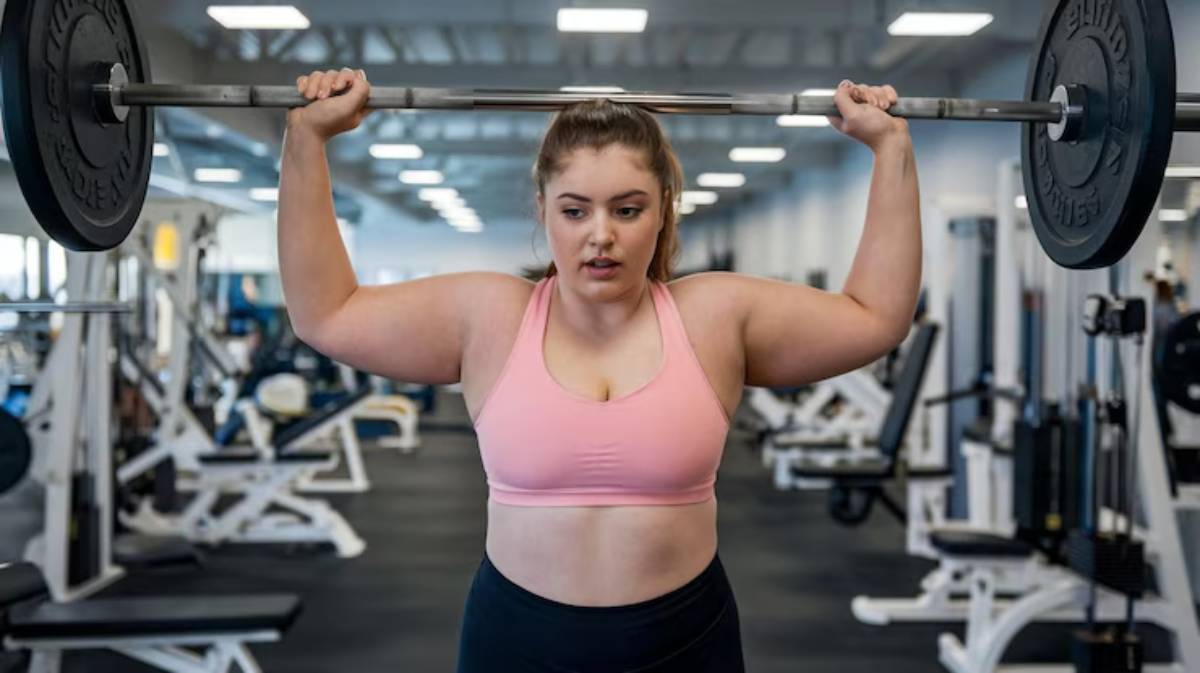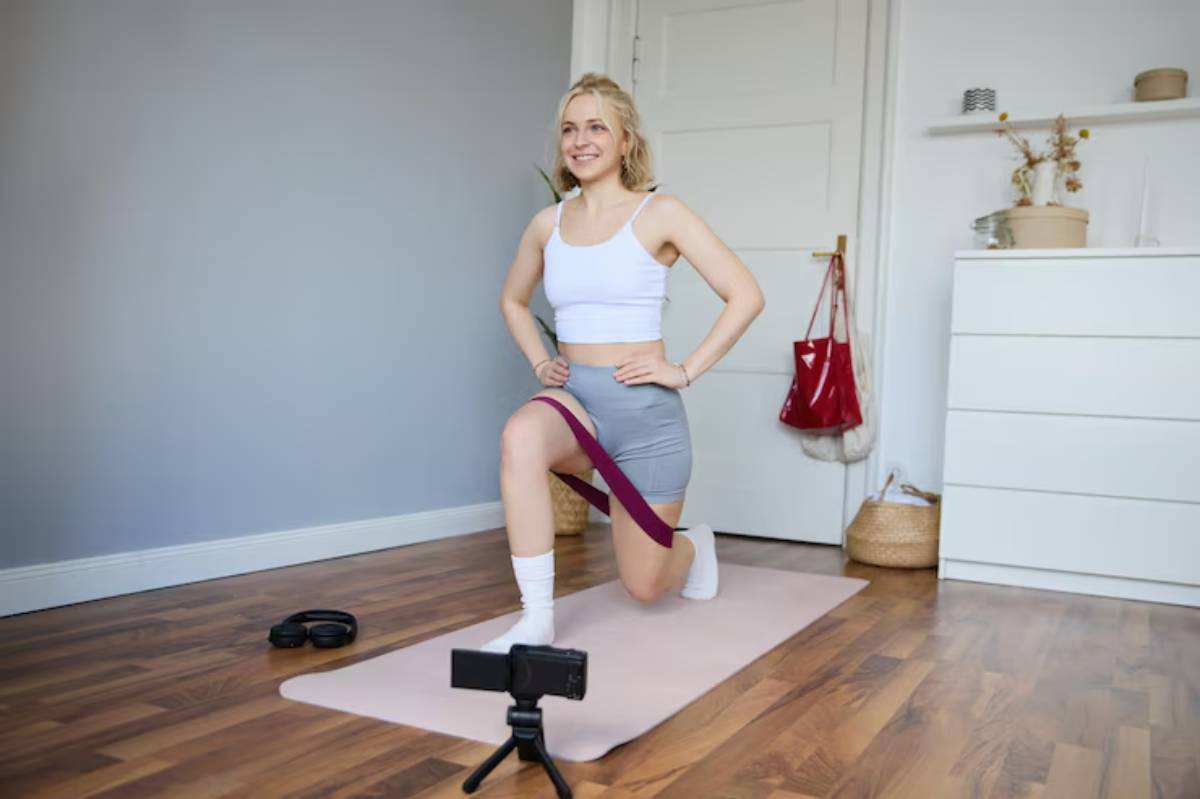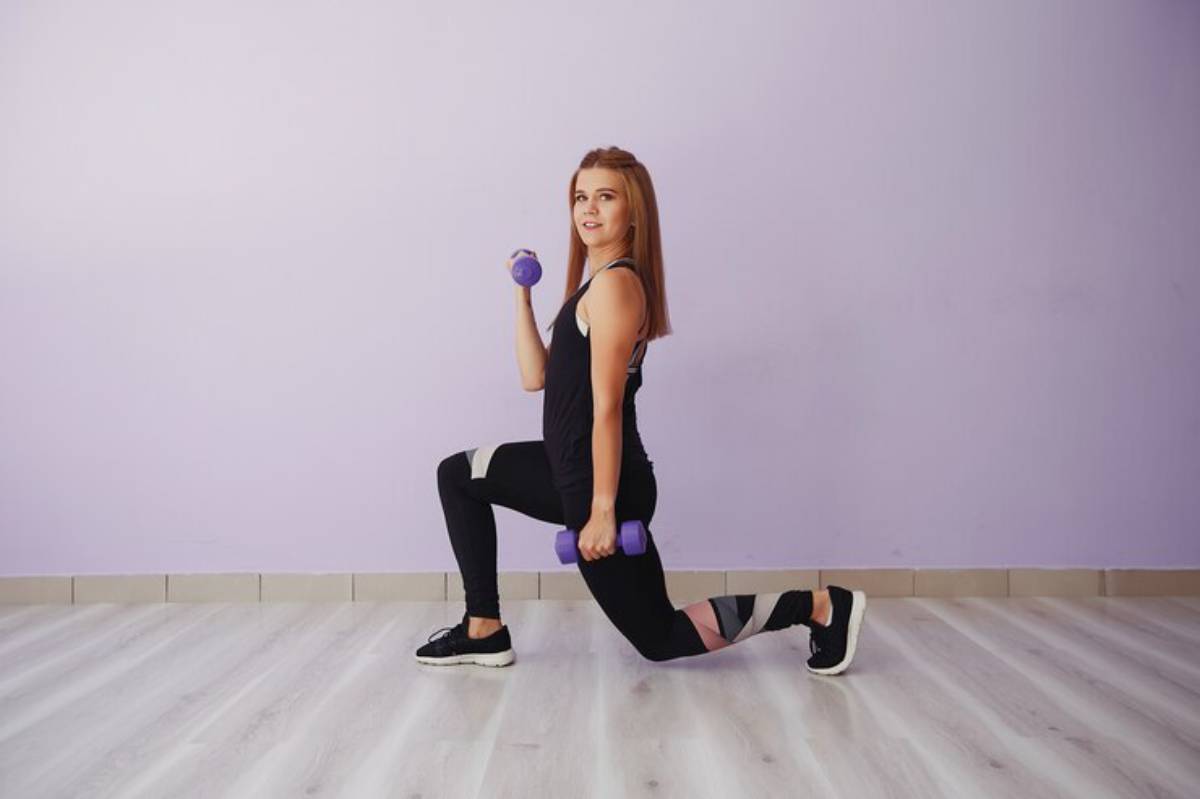
How to Train Around Your Menstrual Cycle
Ever felt like your workout felt amazing one week, then utterly exhausting the next, even though you did the exact same routine? That’s not a lack of willpower. It’s your hormones talking.
Understanding your menstrual cycle isn’t just about managing cramps or cravings — it’s the key to hormone-based training that boosts results and prevents burnout.
This guide explores how to build a cycle-syncing gym plan, match your workouts to your energy levels, and use period-friendly workouts that honour your body instead of fighting against it.
Understanding the Core: The Menstrual Cycle and Exercise
Your menstrual cycle is more than just your period. It’s a month-long hormonal journey made up of four distinct phases, each influencing energy, strength, and recovery differently.
The Four Phases of the Menstrual Cycle
1. Menstrual Phase (Days 1–5)
- Hormones: Oestrogen and progesterone are at their lowest
- Energy: Fatigue, cramping, and low motivation are common
2. Follicular Phase (Days 6–13)
- Hormones: Oestrogen rises steadily
- Energy: Strength, mood, and endurance improve
3. Ovulation (Day 14)
- Hormones: Oestrogen peaks; testosterone spikes
- Energy: Strength, speed, and confidence peak
4. Luteal Phase (Days 15–28)
- Hormones: Progesterone rises; oestrogen dips
- Energy: Fatigue, bloating, and cravings may appear
Research from The British Journal of Sports Medicine supports the idea that tailoring training to these phases can reduce injury risk and optimise performance.
Quick Guide: Hormone-Based Training Summary
Quick Guide: Cycle Syncing for Better Workouts

- Menstrual Phase: Restorative movement like walking, yoga, or stretching
- Follicular Phase: Heavy lifting, HIIT, and skill-based training
- Ovulation: Peak performance — aim for PRs and intense workouts
- Luteal Phase: Moderate strength training, light cardio, and rest when needed
Pro Tip: Meal prep high-protein snacks before your luteal phase to curb cravings and support recovery.
Step-by-Step Guide: Building a Cycle Syncing Gym Plan
Step 1: Track Your Cycle
Use apps like Clue or Flo, or a simple journal to log.
- Start and end dates of your period
- Mood and energy levels
- Workout performance
This baseline helps you adjust your plan with intention.
Step 2: Adjust Training by Phase
Menstrual Phase: Prioritise Recovery
- Activities: Gentle yoga, mobility work, low-intensity walks
- Goals: Reduce inflammation, stay mobile, manage discomfort
- Listen to your body — some women feel energised and can train, others benefit more from rest
Follicular Phase: Ramp Up Intensity
- Activities: Strength training, plyometrics, HIIT
- Goals: Build muscle, learn new skills, increase training volume
- Energy is high — great time to set personal records
Ovulation: Maximise Performance
- Activities: Olympic lifts, sprint intervals, tough circuits
- Goals: Test limits, train explosively, enjoy peak strength
- Stay mindful of joint laxity due to hormonal surges — warm up thoroughly
Luteal Phase: Focus on Maintenance
- Activities: Steady-state cardio, moderate resistance work
- Goals: Avoid overtraining, manage stress, stay consistent
- Appetite may increase — plan snacks accordingly
Important Tip: If you’re using hormonal birth control, your natural cycle may be altered or absent. Use energy and mood patterns to guide training.
Important Notes & Warnings
Warning: If your cycle is irregular, excessively painful, or absent (amenorrhoea), consult a medical professional before implementing training changes.
Pro Tip: Use strength logbooks or apps with tags for each phase so you can spot patterns and trends over time.
Best Practices & Additional Insights
Sync Recovery and Self-Care
Take the menstrual and late luteal phases as opportunities.

- Do breathwork or restorative yoga
- Prioritise sleep
- Include magnesium-rich foods
This supports recovery while maintaining connection to your goals.
Real Life Example: A Week in Sync
Sophia, a 32-year-old intermediate lifter, noticed she struggled with deadlifts the week before her period. By moving heavy sessions to the follicular phase and planning lighter circuits later in the cycle, she improved consistency and reduced injury risk.
Don’t Force It — Flex It
Cycle syncing isn’t rigid. If you’re feeling energised on day 2 of your period — go lift. If ovulation feels rough — go lighter. Your plan should flex around you, not the calendar.
For long-term consistency, check out Mindset Shifts for Sustainable Strength Training.
Blend With Your Broader Training Goals
Use your cycle as a supportive framework, not a limitation. For example:
- Fat loss goals: Lean into HIIT during follicular and ovulation phases
- Muscle gain goals: Focus on volume in the follicular and early luteal phase
Need a full plan? Pair this approach with How to Start Weight Training as a Woman to build your base.
FAQs
Can I work out during my period?
Yes — but it depends on your energy, flow, and pain levels. Many women benefit from gentle movement; others feel strong enough for full sessions.
What if I have irregular periods?
Track energy and mood to build your plan instead of relying on calendar days. Hormonal bloodwork may help if irregularity is frequent.
Does syncing training actually improve results?
Emerging research and anecdotal evidence suggest better performance, fewer injuries, and improved recovery when workouts align with hormonal shifts.
Should I change my nutrition around my cycle too?
Yes. Cravings and energy needs increase in the luteal phase. Focus on fibre, protein, and magnesium-rich foods to support hormonal balance.
Is cycle syncing suitable for beginners?
Absolutely. Even simple swaps — like resting more during menstruation and lifting heavier mid-cycle — can make a big difference.
The Smarter Way to Train Through Every Phase
Training around your menstrual cycle isn’t about lowering the bar — it’s about raising your awareness. When you understand your hormonal rhythm, you stop fighting your body and start partnering with it.
Hormone-based training helps you honour your natural energy, avoid injury, and unlock better results. Whether you’re chasing strength gains or simply feeling better week to week, syncing workouts to your cycle just makes sense.
Try it for one cycle. Track how you feel, adapt accordingly, and witness the difference of period-friendly workouts designed with you in mind.


